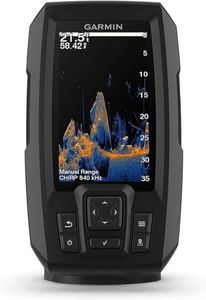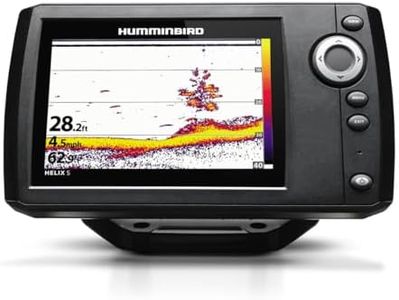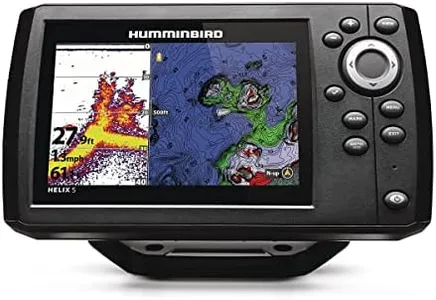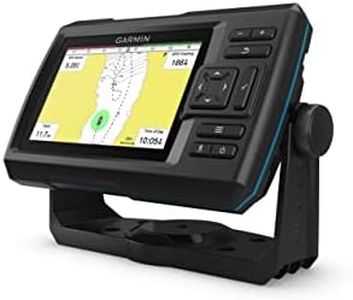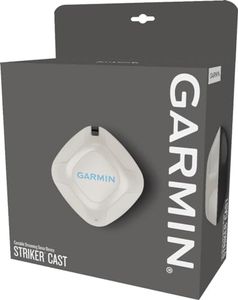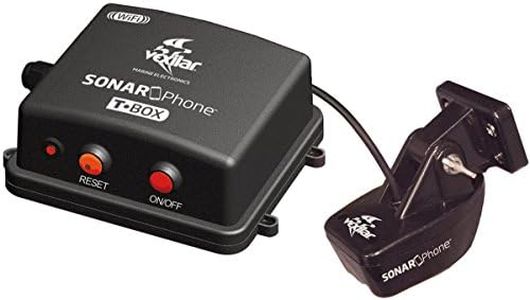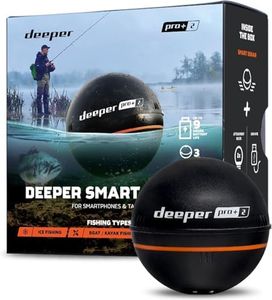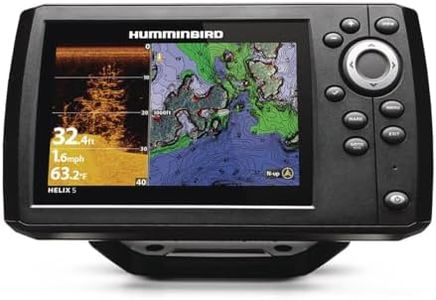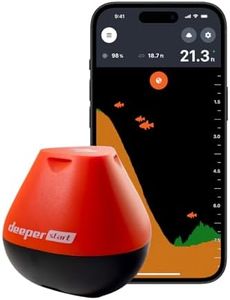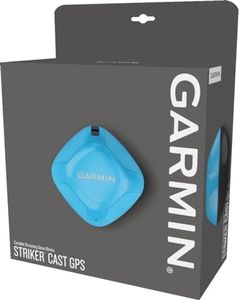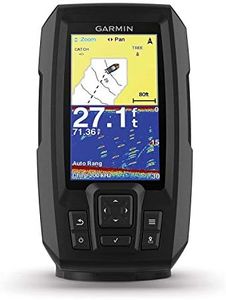We Use CookiesWe use cookies to enhance the security, performance,
functionality and for analytical and promotional activities. By continuing to browse this site you
are agreeing to our privacy policy
10 Best Fish Depth Finder
From leading brands and best sellers available on the web.Buying Guide for the Best Fish Depth Finder
When choosing a fish depth finder, it's essential to focus on your actual needs and the type of fishing you do. A depth finder uses sonar technology to measure water depth and identify fish below the surface, making your fishing trips more successful. By understanding the essential features and deciding which are most important based on where and how you fish, you can confidently pick a fish finder that will make your time on the water more productive and enjoyable.Display Size and ResolutionThe display on a fish depth finder shows the information collected by its sensors, such as water depth, underwater structures, and fish locations. A bigger and higher-resolution screen makes it easier to read sonar returns, especially in bright sunlight or when you want to see more detail. Smaller, lower-resolution displays might be more portable but can be harder to interpret. If you fish in a large boat or want a clearer view, go for larger, sharper screens. Anglers who fish from kayaks or need maximum portability might choose smaller displays.
Transducer Type and FrequencyThe transducer is the part of the depth finder that sends and receives sonar signals, and its frequency affects what you see. Lower frequencies (around 50 kHz) penetrate deeper but show less detail, making them better for deep-water fishing. Higher frequencies (200 kHz and up) give more detail in shallower waters but don’t reach as deep. Some transducers offer multiple frequencies, allowing you to switch modes. Choose according to the typical depths you fish and whether you value detailed images or deeper reach.
Sonar Technology (Traditional vs. CHIRP vs. Imaging)Traditional sonar gives you a basic reading of depth and location of fish as arcs or blobs. CHIRP sonar uses varied frequencies for a clearer, more accurate picture, helping to distinguish between fish, plants, and structures. Imaging technologies like down imaging or side imaging provide nearly photo-like images of what's under or beside your boat. If you often fish around structures or want detailed visuals, imaging or CHIRP can be very helpful, while traditional sonar may be enough for casual, general purpose fishing.
Depth CapabilityThis is the maximum water depth the fish finder can accurately read. If you mostly fish in shallow lakes or rivers, most devices will work fine. However, for offshore, deep-water fishing, you need a unit capable of reading greater depths. Always check the maximum depth suitable for your fishing environment to ensure the device won’t lose signal where you fish most.
Portability and Mounting OptionsSome depth finders are designed to be fixed to a boat, while others are portable and can be quickly set up on kayaks, canoes, or even from docks. Portability is key if you move between boats or locations frequently. Consider how and where you fish, and pick a model that fits your setup, whether you want permanent installation or a handheld solution.
GPS and MappingMany depth finders come with built-in GPS and mapping features, which help you mark fishing spots, navigate unfamiliar waters, and even plot routes. GPS-enabled models are ideal for anglers who fish large lakes or unfamiliar waters, while simple, basic depth finders without GPS might be enough if you stick to small, well-known spots.
Ease of Use and ControlsA fish finder should be intuitive, with menus and buttons that make sense to you. Some offer touch screens or simple control pads, while others may be more complex. If you're new to technology or want something that works without much fuss, look for user-friendly designs and clear instructions.

